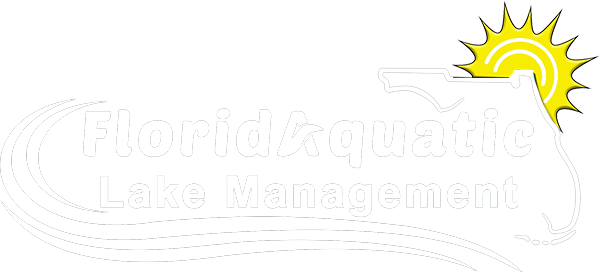Monitor Dissolved Oxygen & Water Quality
Oxygen is a natural element which no animal can live without. Fish and other aquatic animals depend on oxygen gas dissolved in water as much as people depend on oxygen gas in air.
Using carbon dioxide, water, and light energy, (aquatic and terrestrial) plants generate new cells and repair damaged ones, using a process known as photosynthesis. Dissolved-oxygen gas is released as a by-product.
Many people are surprised to learn that fish and other aquatic organisms don’t use oxygen from water molecules (H2O). This is because the single oxygen molecule (O) is bound to the two hydrogen molecules (H2) and is not useable in this form.
Instead, aquatic organisms depend on dissolved oxygen gas (O2), a colorless, tasteless and odorless substance that enters the water from plants and the atmosphere.
In aquatic environments, free-floating microscopic plants known as algae, and larger submersed plants (macrophytes), release oxygen directly into the water where it is used by animals and other organisms, including the plants themselves.
Oxygenating Plants
While all plants produce oxygen, some produce more than others. In the aquatic environment, a number of aquatic plant species have oxygenating capabilities. Several species are especially popular among aquarium and pond enthusiasts.
- Bacopa caroliniana (bacopa)
- Cabomba caroliniana (cabomba or fanwort)
- Ceratophyllum demersum (coontail)
- Juncus repens (rush)
- Najas guadalupensis (southern naiad)
- Nymphoides aquatica (banana lily)
- Potamogeton diversifolius (waterthread pondweed)
- Vallisneria americana (tape grass or eel grass)
Unfortunately, a few of them are non-native and can become invasive in Florida.
- Hydrilla verticillata (hydrilla)
- Myriophyllum aquaticum (parrot feather)
- Nymphoides cristata (white water snowflake)
- Nymphoides peltata (yellow floating heart)
Oxygen from the Atmosphere
In addition to plant-generated oxygen, the earth’s atmospheric pressure is constantly pushing tiny molecules of dissolved-oxygen gas into the surface waters of our lakes, ponds, oceans, and swimming pools – even the glass of water on your kitchen counter. The process is known as diffusion. As oxygen gas is pushed into water, excess oxygen from the water is simultaneously being released into the air. Wind and wave action or mechanical aerators accelerate diffusion by creating more surface area for oxygen to enter the water.
Water’s unique ability to hold and release oxygen makes it possible for fish and other animals to breathe (respire) underwater. However, oxygen concentrations in aquatic environments are rarely stable.
When the sun is shining and aquatic plants (including algae) are photosynthesizing at full capacity, oxygen is plentiful. However, after the sun sets, photosynthetic activity and, hence, oxygen concentration is greatly reduced. Usually there is a dissolved oxygen buffer in the water to last until morning, when the process begins again. However, if something alters the pattern, oxygen can be depleted.
Weather and Oxygen Depletion
Oxygen levels in flux throughout the day
Weather patterns, particularly in Florida’s subtropical climate, can cause oxygen depletion problems. Several consecutive days of cloudy weather reduce the amount of sunlight available for photosynthesis by algae and plants. As the algae, plants, and animals continue to use the dwindling oxygen supply, oxygen levels dip below 2 mg/L. Fish and other animals become stressed, increasing the chances of illness or, if conditions last, death. Many fish can die overnight. This is commonly referred to as a fish kill. This usually happens in the early morning hours or just before dawn (4 to 6 am) and often during hot weather when there is less oxygen in the water to begin with.
Heavy rains can wash organic matter (leaves, twigs and grasses) into a waterbody and cause a chain reaction that uses up oxygen quickly. Once the debris is washed into the water, billions of microorganisms (including bacteria and zooplankton) begin to decompose the vegetation. If a large amount of organic material is introduced at once, the increased activity of the microorganisms can accelerate oxygen consumption. Dissolved substances from the decaying vegetation in the lake (or from wetlands surrounding the lake) can also leach into the water after a heavy rain and have a similar affect; as can wastes from animal feedlots or septic tank wastewater.

